Day-51 Yoga for breast cancer -Mitraahsa
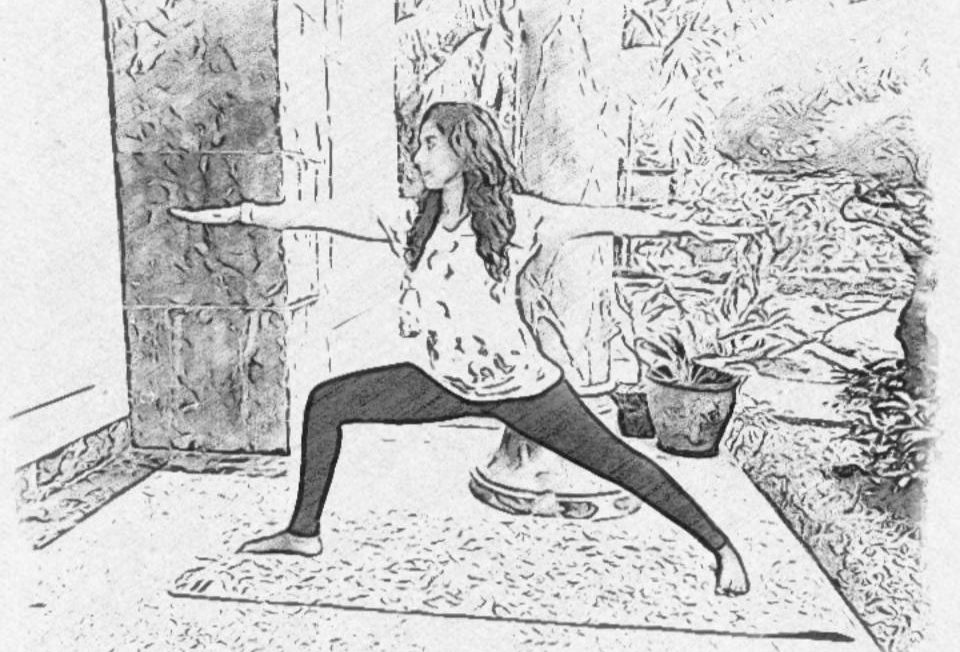

With this article, I wish you all my lovely readers a very blessed International Yoga Day and I conclude my 51 Days Yoga Consciousness Series. May Yoga Never Leave Your Side!I will catch you all soon again with a new Yoga Series! Till then keep doing Yoga.

Knowledge of Yoga is infinite, boundless and timeless. “Learning Yoga is an everlasting journey that leads you within and Within is where you find the world of immortal bliss”. –Mitraasha
Namaste All My Yoga Yaatris! May Yog Bless You!
The idea behind running this 51 Days Yoga Consciousness series is to proffer my modest learnings and share the divine pearls of Yoga science with people at large. Let’s have a conjoint intent to learn, implement and extend the wisdom of Yoga with a positive co-action and harmonious reverberation amongst each other.
When you’re ready, here are eight moves to try.
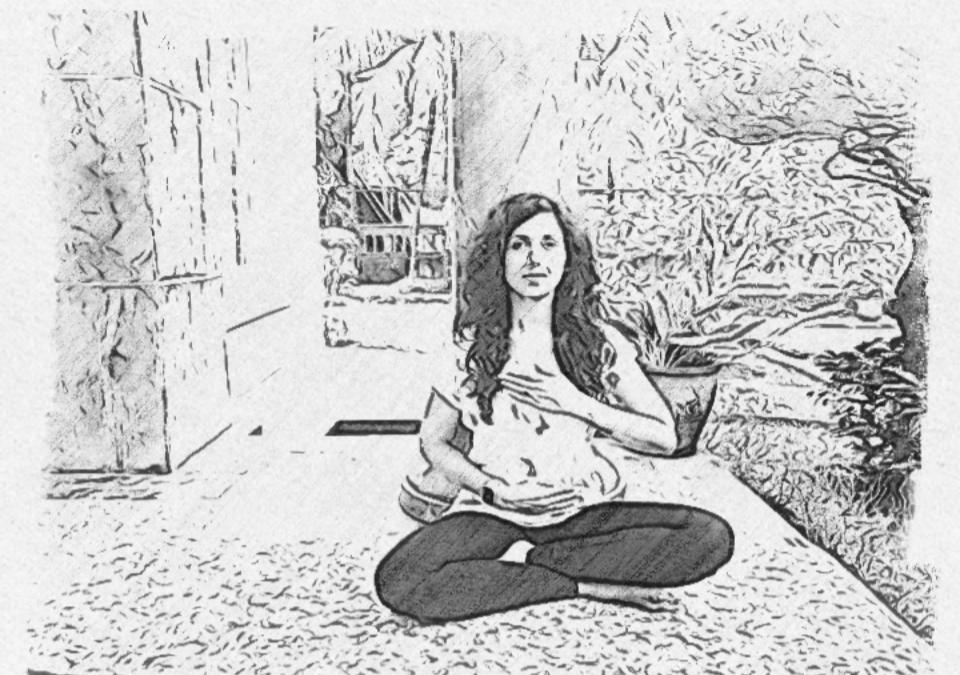
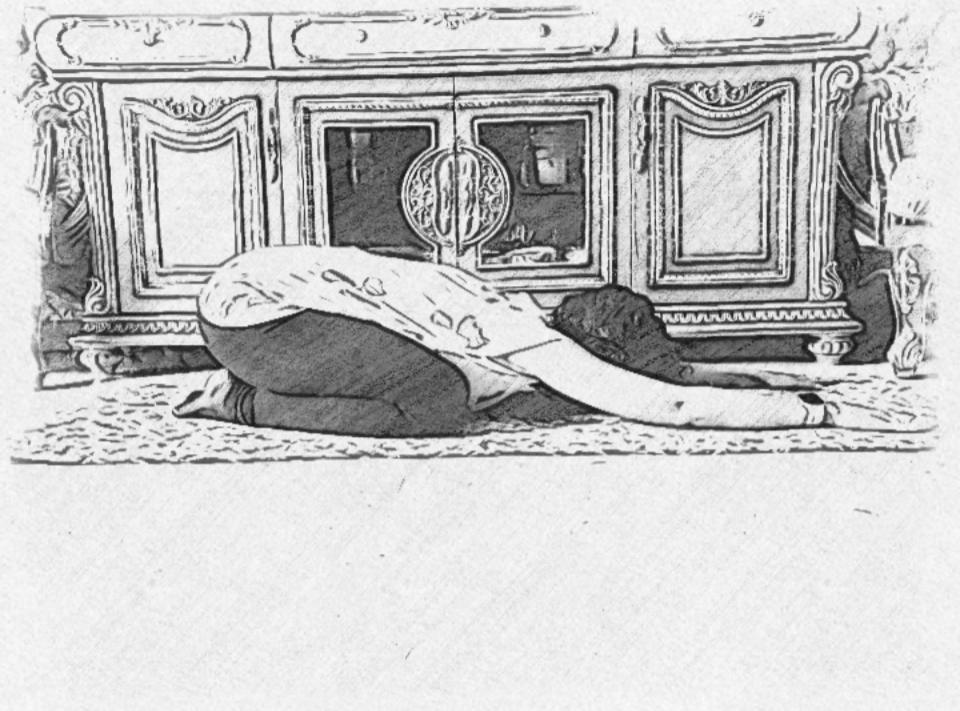
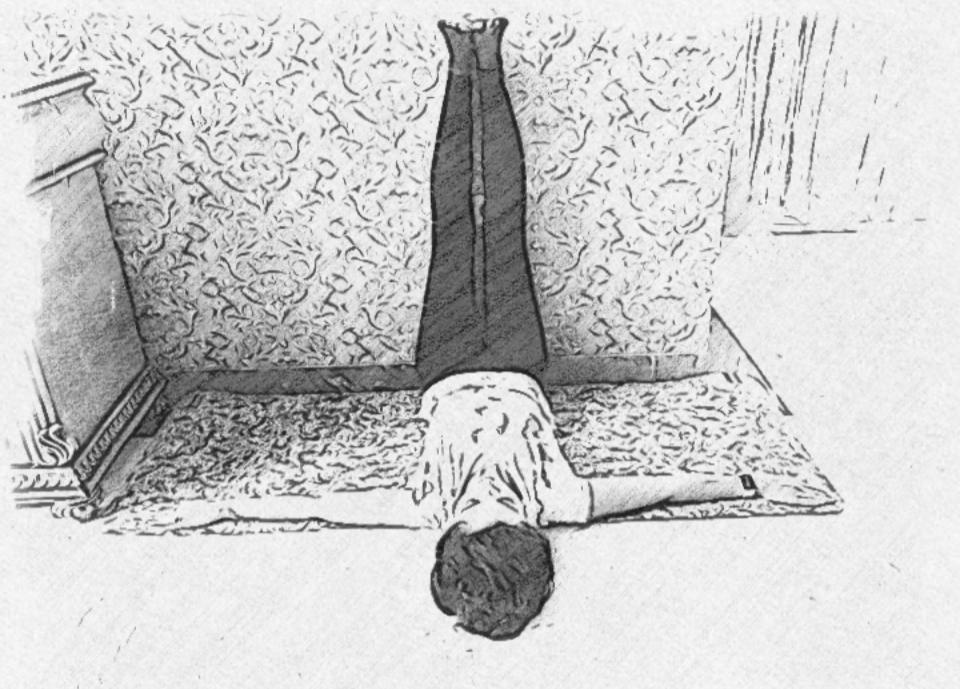
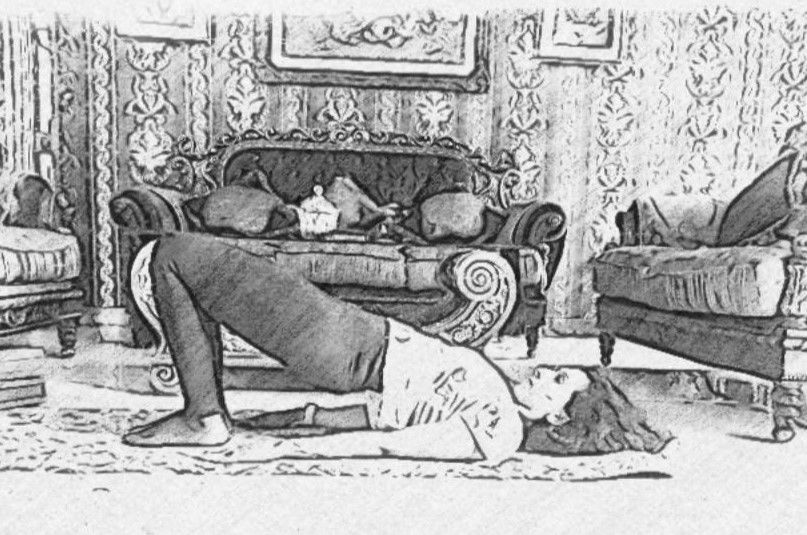
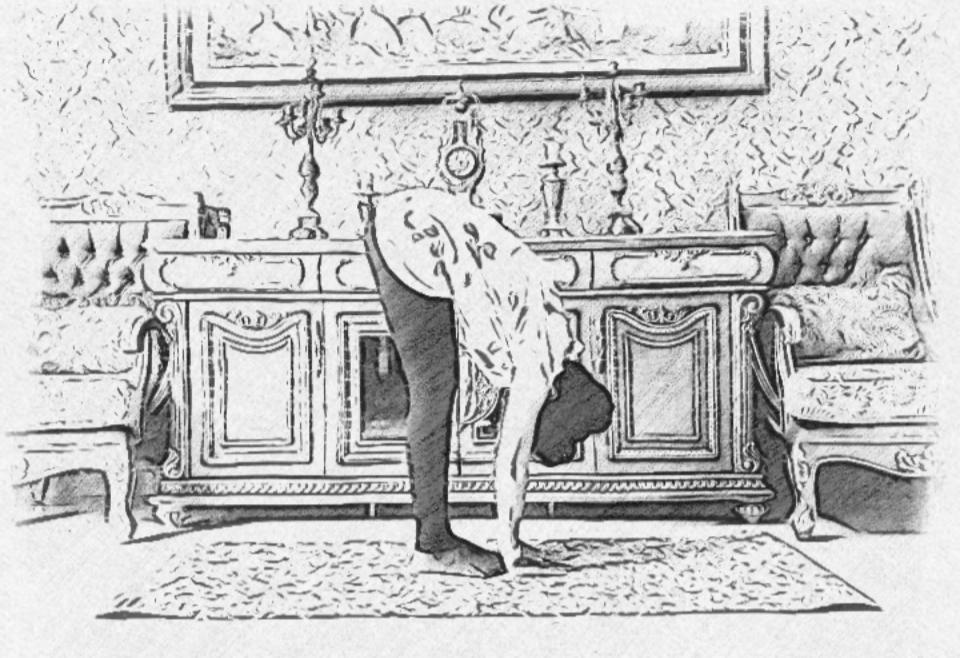

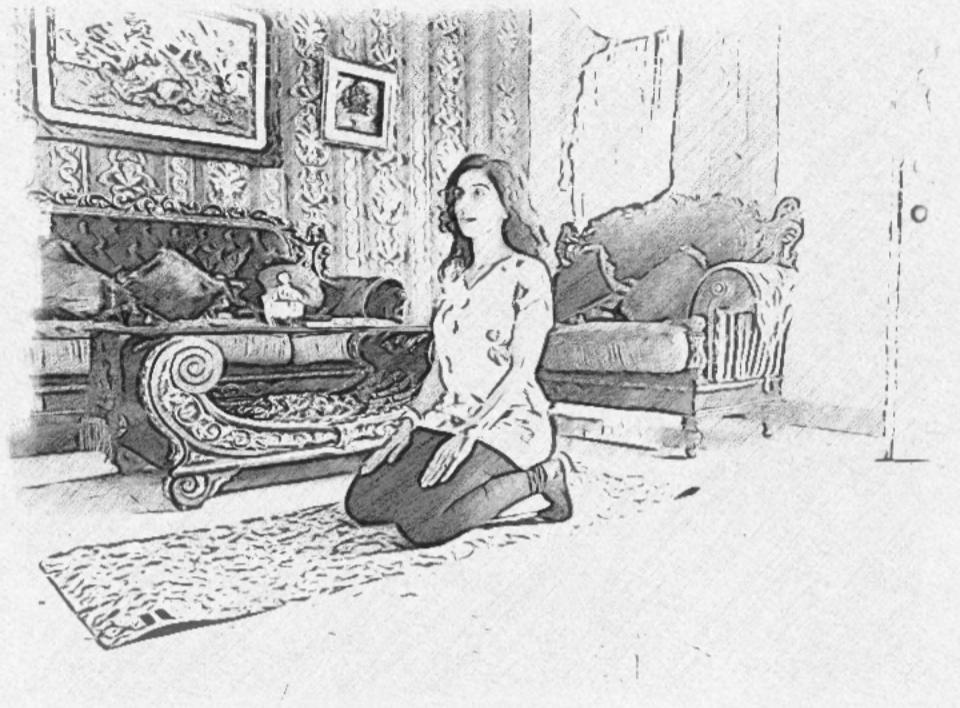
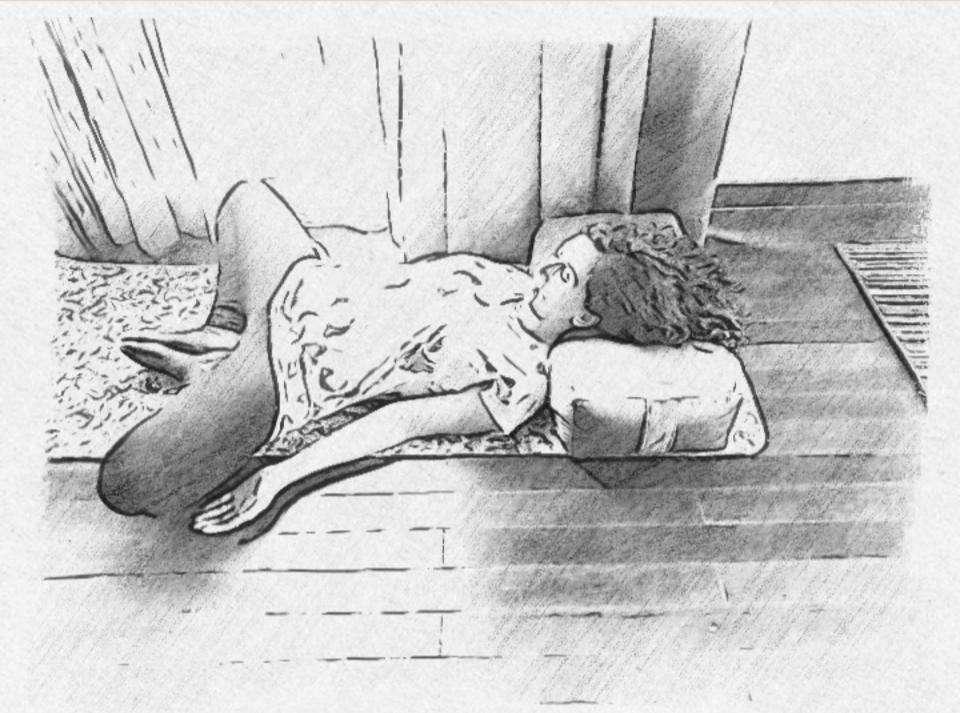
Thought of the day: “Often it isn’t the initiating trauma that creates seemingly insurmountable pain, but the lack of support after.”― S. Kelley Harrell
Link to day 50: Yoga Nidra https://kreately.in/day-50-yoga-nidra-mitraasha/
Link to day 01: Introduction To Yoga https://kreately.in/51-days-yoga-consciousness-series-3rd-may-21stjune-2021-yogmitraasha-day-01/
DISCLAIMER: The author is solely responsible for the views expressed in this article. The author carries the responsibility for citing and/or licensing of images utilized within the text.
